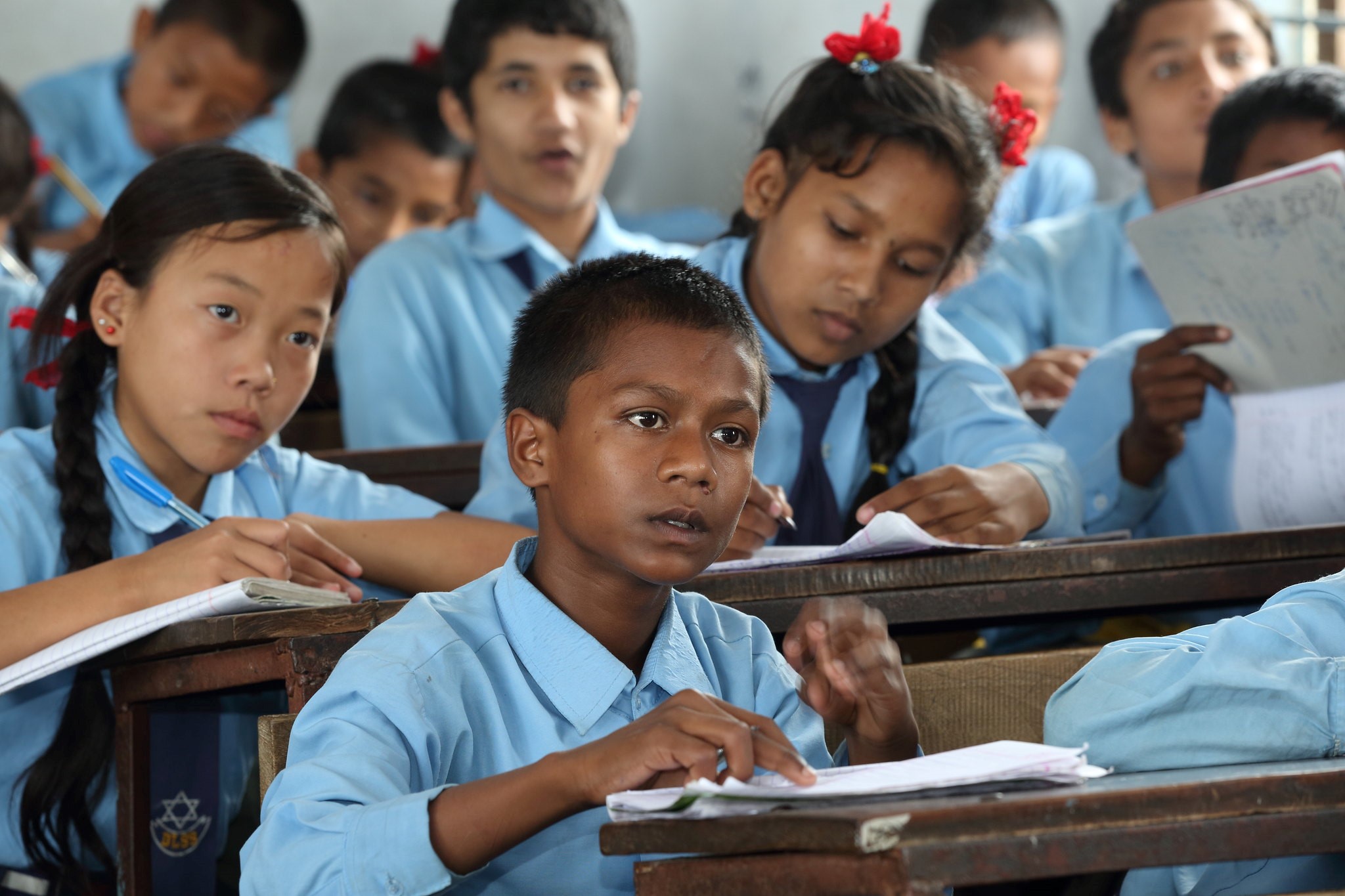Secondary education is the stage of formal education that follows primary education and precedes higher education. It is typically offered to students between the ages of 11 and 18, although the specific age range may vary depending on the educational system and country.
The purpose of secondary education is to https://www.giveabookok.com/ provide students with a well-rounded education that prepares them for higher education or the workforce. It aims to develop their intellectual, social, and emotional skills, while also fostering critical thinking, creativity, and independence.
Secondary education can be divided into two main phases: lower secondary education and upper secondary education.
- Lower secondary education: This is the first phase of secondary education, and it typically lasts for 3 or 4 years. It covers a wide range of subjects, such as mathematics, science, English, history, and social studies.
- Upper secondary education: This is the second phase of secondary education, and it typically lasts for 2 or 3 years. It offers a wider range of subjects, such as specialized math and science courses, foreign languages, and vocational training.
In some countries, students have the option to attend a general secondary school or a vocational school. General secondary schools offer a more academic curriculum, while vocational schools focus on preparing students for specific careers.
After completing secondary education, students can either go on to higher education or enter the workforce.
Here are some of the benefits of secondary education:
- Improved academic skills: Secondary education helps students develop their academic skills in a variety of subjects, such as math, science, English, and history.
- Increased knowledge and understanding: Secondary education helps students expand their knowledge and understanding of the world around them.
- Developed critical thinking and problem-solving skills: Secondary education helps students develop critical thinking and problem-solving skills that are essential for success in college and the workforce.
- Fostered creativity and innovation: Secondary education helps students foster their creativity and innovation, which are essential for solving problems and making new discoveries.
- Improved social and emotional skills: Secondary education helps students develop their social and emotional skills, such as communication, teamwork, and conflict resolution.
- Prepared for higher education or the workforce: Secondary education prepares students for higher education or the workforce by providing them with the knowledge, skills, and experience they need to succeed.
Secondary education is an important stage in a student’s life. It provides them with the knowledge, skills, and experience they need to succeed in college and the workforce. It also helps them develop into well-rounded individuals who are prepared to contribute to society.
If you are considering secondary education, there are a few things you can do to prepare:
- Do your research: There are many different secondary schools to choose from, so it is important to do your research and find the one that is right for you.
- Visit the schools: Once you have found a few schools that you are interested in, visit them and get a feel for the school.
- Talk to current students: Talk to current students to get their perspective on the school.
- Meet with the school counselor: Meet with the school counselor to discuss your academic goals and to get help with the application process.
Secondary education can be a great experience. If you are considering it, I encourage you to do your research and find the right school for you.

